How to install the Android 16 beta on your phone right now
You can now install the public-facing Android 16 on your Pixel.
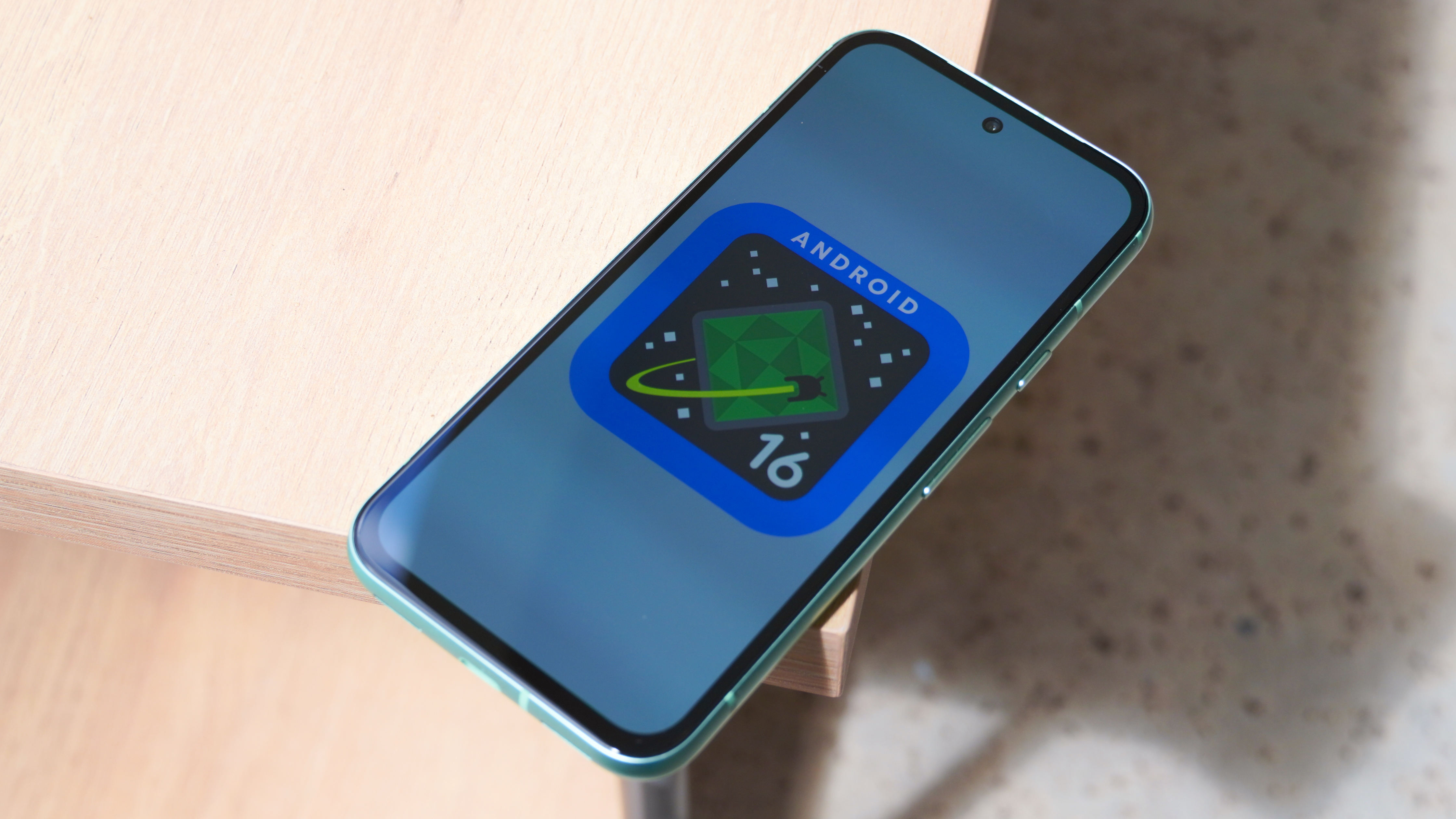
It has been about six months since Google released the stable Android 15 build, and it isn't waiting around to launch Android 16. The dev previews showed up at the end of 2024, early public betas of Android 16 appeared soon after, and now the latest Android 16 Beta 3 is officially platform-stable.
So if you've got an eligible Pixel, you can install Android 16 and test features that are coming to this year's Android build. As this is the initial beta build, only Pixels can install the update.
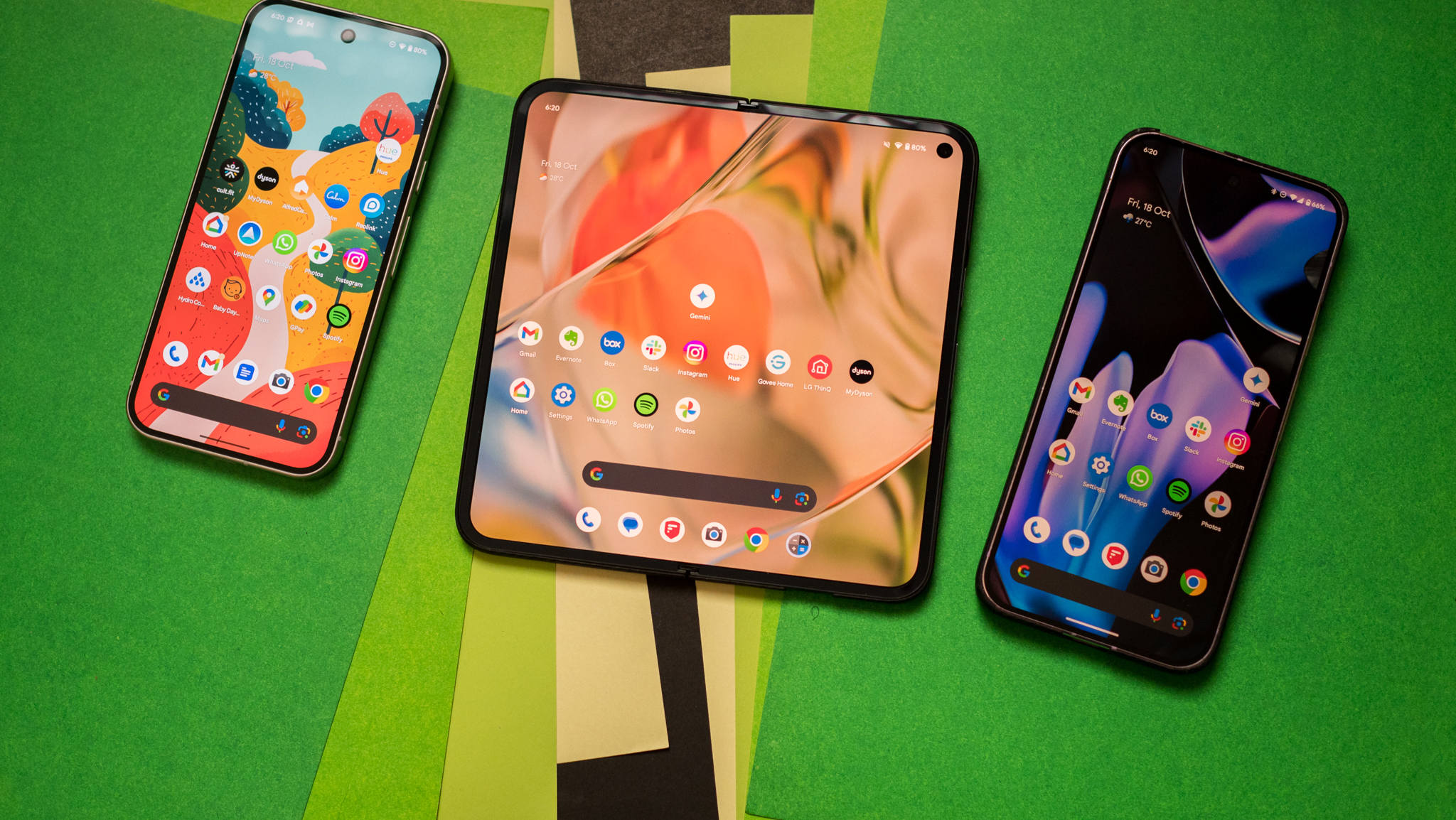
The biggest new addition is Live Updates, which enables real-time notifications around ride-sharing, food delivery, and navigation. Subsequent beta updates added new camera integrations for third-party developers and expanded UltraHDR support. For accessibility, Google added Auracast support and new display contrast modes in the most recent beta release.
Now that the Android 16 beta has reached platform stability, there won't be any new behavior changes introduced between now and its eventual public release. If you have a spare Pixel and want to try out the latest features, this is how you can install Android 16 Beta 3 on your device right now.
What phones can install the Android 16 beta?
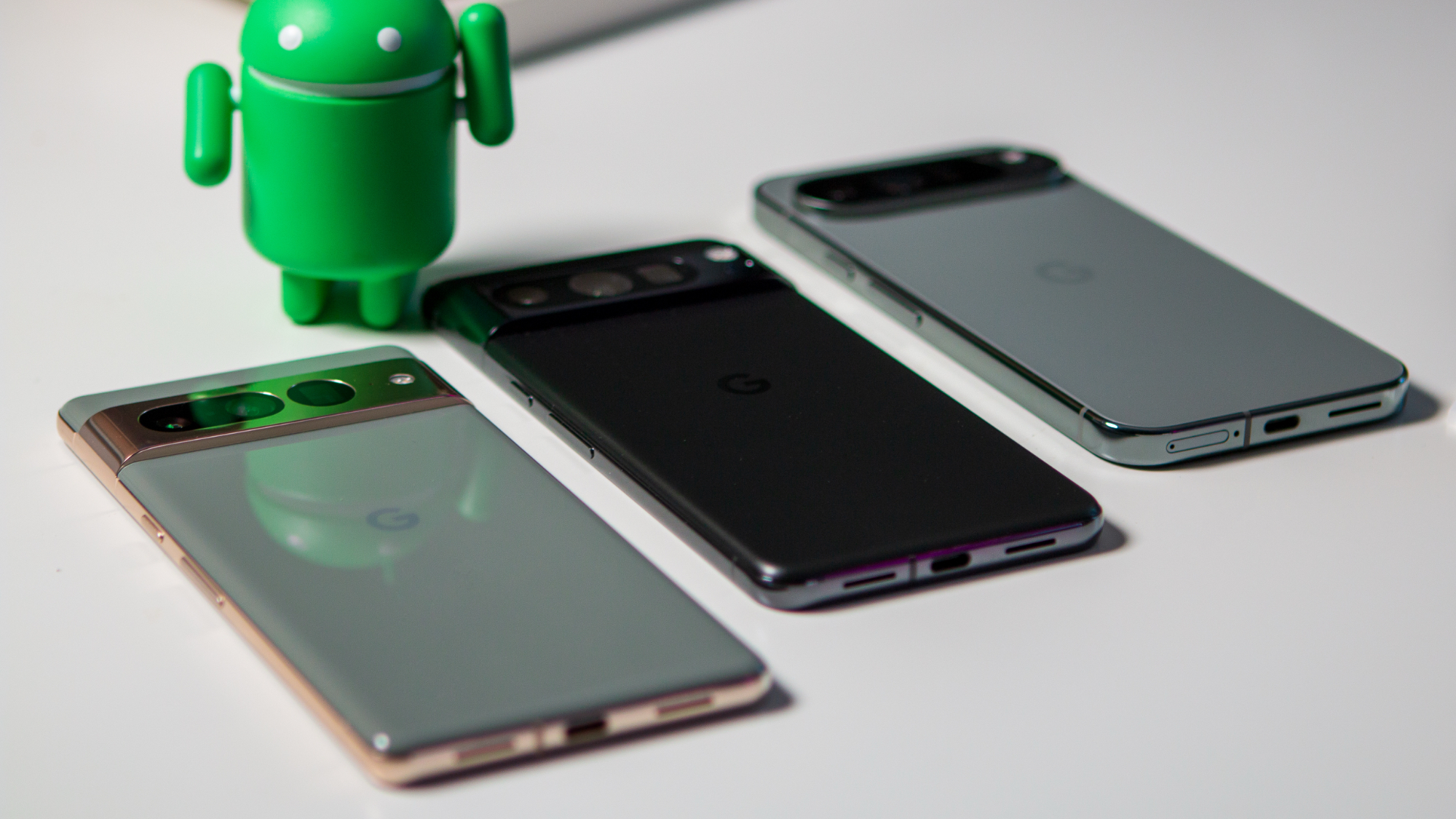
At this moment, the Android 16 beta is limited to Pixel devices starting from the Pixel 6. The list includes 15 devices in total:
- Pixel 6
- Pixel 6 Pro
- Pixel 6a
- Pixel 7
- Pixel 7 Pro
- Pixel 7a
- Pixel 8
- Pixel 8 Pro
- Pixel 8a
- Pixel 9
- Pixel 9 Pro
- Pixel 9 Pro XL
- Pixel 9 Pro Fold
- Pixel Fold
- Pixel Tablet
Just like with the Android 15 beta, the Pixel 5 and 5a miss out on Android 16, and while Google usually opens up later builds to third-party phones, that isn't the case yet, so you will need one of the Pixels listed above if you want to try out Android 16.
Install Android 16 beta using the Android Beta Program
The easiest way to get the Android 16 beta is to enroll in the Android Beta Program. Just visit the Android Beta portal, where you'll be able to view all your devices eligible for the Android 16 beta. You can then opt-in to the beta, which will then prompt Google to send your phone or tablet an over-the-air update. You should then be able to install the update and restart your phone to make the switch to Android 16.
Get the latest news from Android Central, your trusted companion in the world of Android
- Head to the Android Beta program portal on your Pixel phone.
- Sign in to the Google account associated with that phone.
- Scroll down to Your eligible devices.
- Choose the device you want to enroll in the Beta program and tap Opt-in.
- Follow the prompts on your phone to accept the over-the-air download.
You can easily opt out of the beta program by going to the same Android Beta portal as you did to enroll, scrolling down to your device, and selecting Opt out. But be warned; doing so will get delete all the data on your phone.
Install Android 16 using the Android Flash Tool
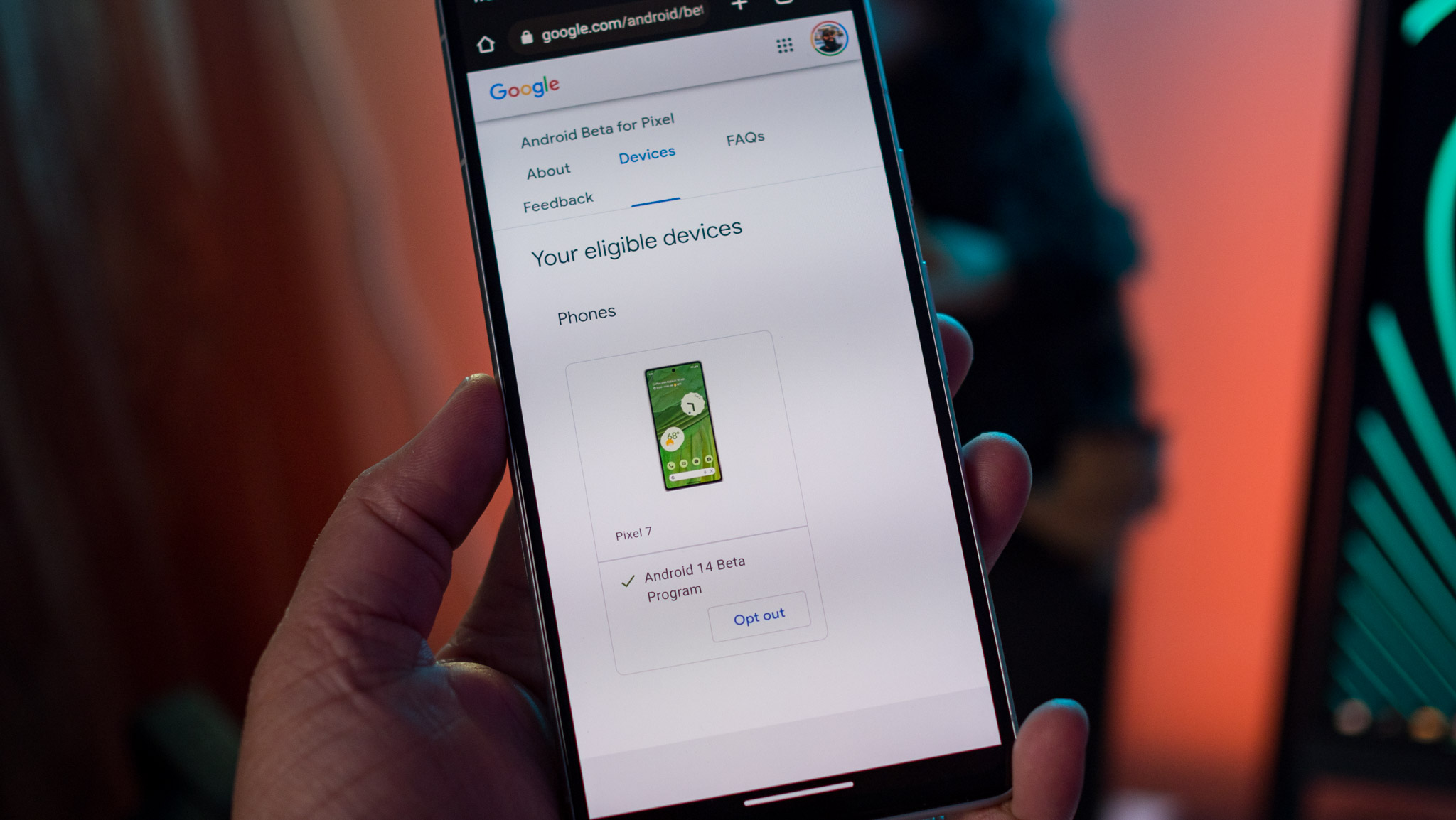
If you need to install Android 16 and don't want to enroll in the beta, you'll have to use the Android Flash Tool, a web-based version of the ADB developer tool.
As an added note, as this is a production build, installing Android 16 via the Flash Tool will delete all the data on your Pixel; so if you're interested in trying it out, make sure that the data on your phone is backed up.
1. Head to the Android Flash Tool site.
2. Allow the site to access ADB in your browser.
3. Enable Developer Mode on your phone (tap Android build seven times).
4. Enable USB Debugging in the Developer Settings.
5. Enable OEM Unlocking on your device.
6. Plug in your phone to a USB port on your computer.
7. Select the device from the pop-up and follow the instructions to install the beta.
Install Android 16 by flashing the bootloader
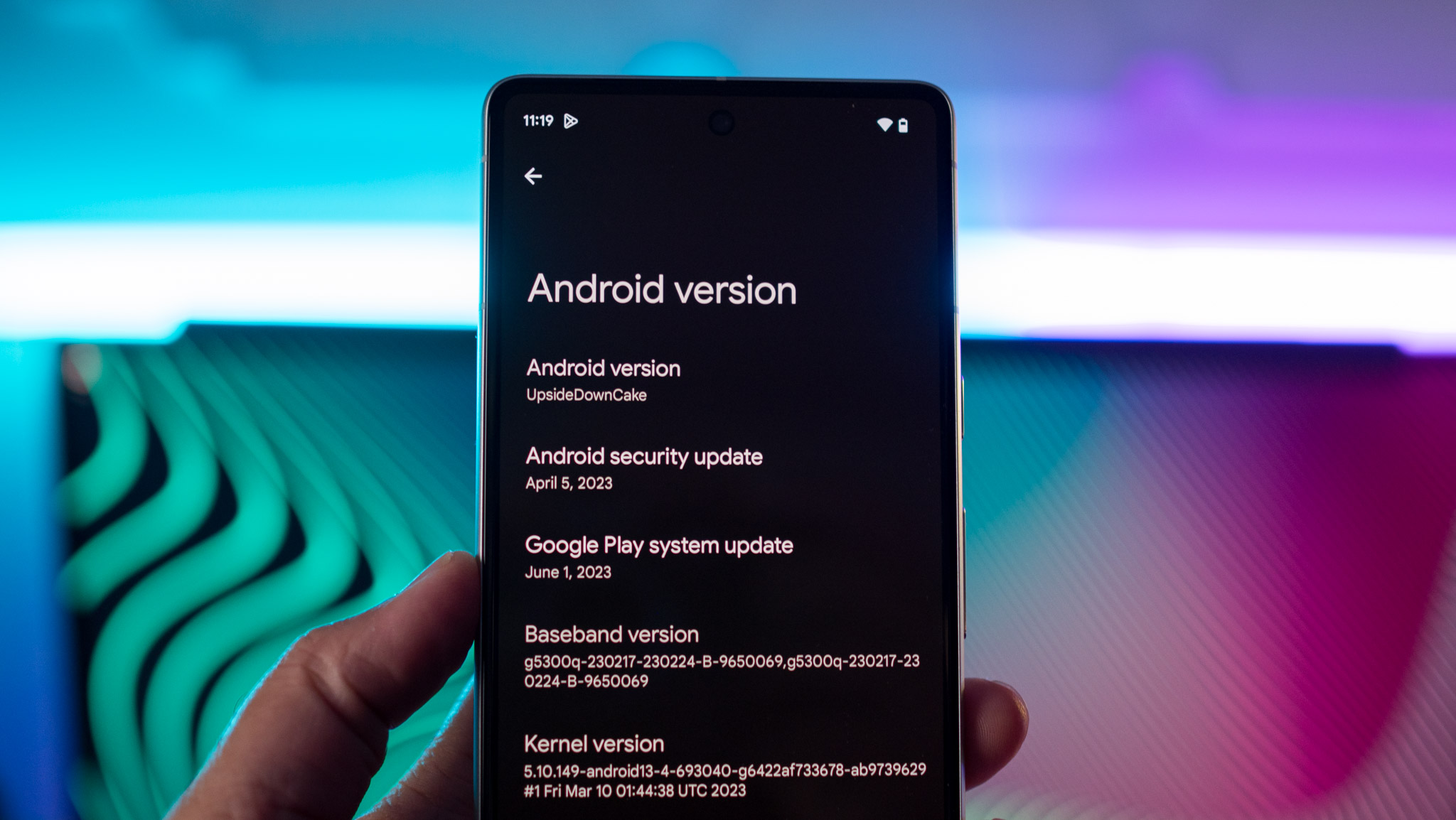
If you want to try Android 16 on your Pixel manually, you'll have to flash the OTA onto your Pixel. But before we get started, know that this method will involve deleting all data on your phone.
Before you start doing this, make sure that no OTA updates are yet to be installed on your Pixel. Go to Settings > About phone > System updates and see no pending updates. Also, ensure that you have USB debugging enabled on your phone.
To get started, head to the Android 16 OTA images page, and download the relevant build for your Pixel. To sideload the build onto your Pixel, you'll need to use ADB — I'm a fan of Universal ADB Drivers. Once installed on your Windows machine and the OTA image has been downloaded, you can start sideloading the build.
You'll first need to put your device in recovery mode. You can power off and then hold the Power button along with the Volume Down button for a few seconds to enter the bootloader menu and select the recovery option using the Volume Down button.
Here, you should see the Android mascot face down with an exclamation mark over it. Hold down the Power button and press Volume Up once to enter recovery mode. Next, navigate to the option that says Apply update from ADB by using the Volume Up button and confirm the selection by pressing the Power button once.
Now you are ready to sideload the OTA image. Confirm that your phone can connect to your computer and is detectable. For this, plug your Pixel into your computer and run this command:
adb devicesYou should see your phone's serial number and sideload next to it. Now we can get to flashing the OTA build; just run this in CMD:
adb sideload ota_file.zipHere, you will need to switch out ota_file.zip with the filename of the OTA build for your particular device. I'm installing Android 16 on a Pixel 9, so I entered the following: tokay_beta-bp22.250221.013-factory-a83d9825.zip into CMD. For this to work, make sure that the OTA file is located within the same directory as the CMD path.
Once the OTA file is transferred to your phone, it should go back to the recovery menu. Navigate to Reboot system now and confirm with the Power button to restart your phone. The OTA update will be installed and your phone will switch to Android 16.
What comes next with Android 16?
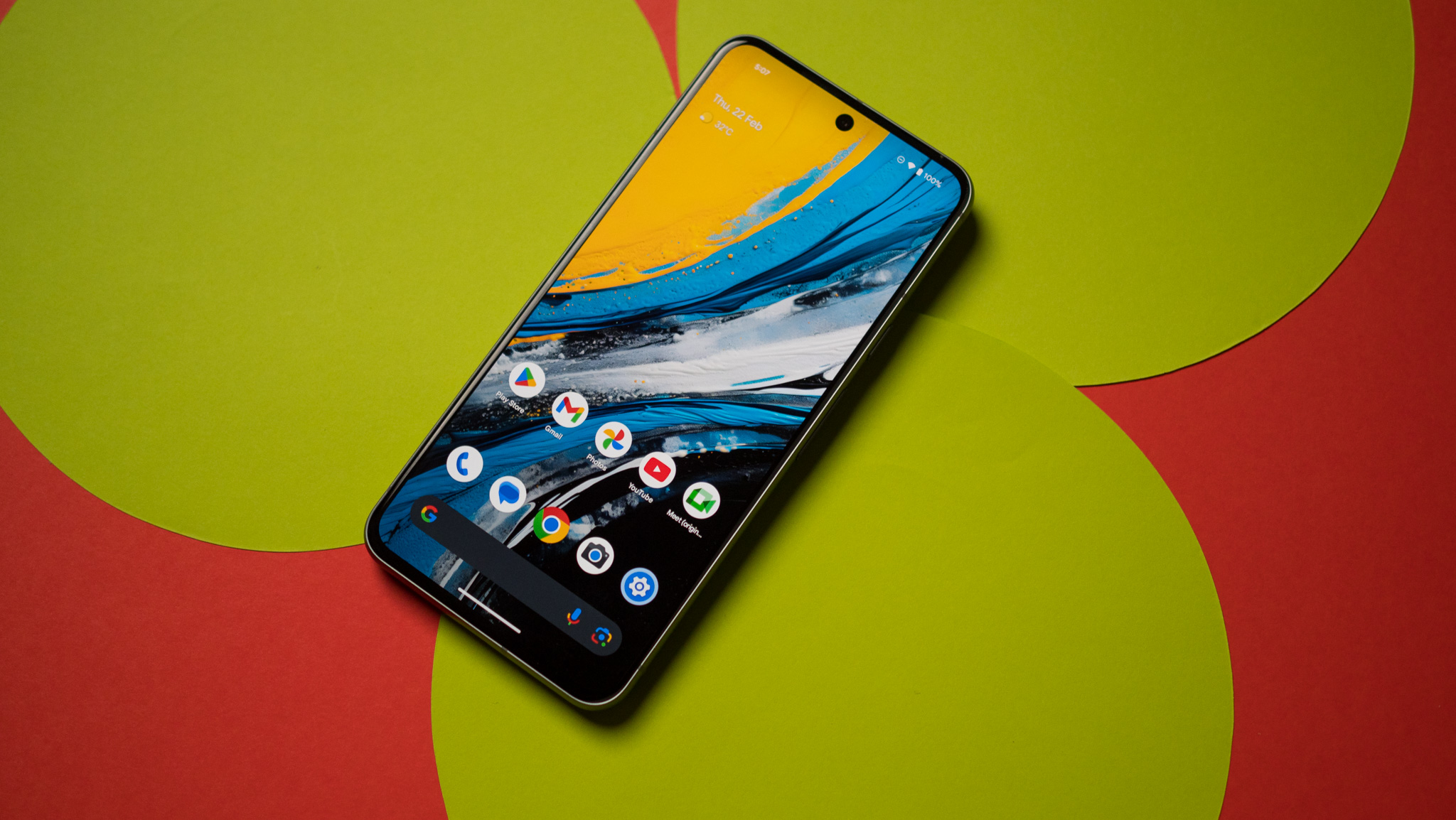
The Android Beta Program is well underway with Android 16, and we've already seen the bulk of the user-facing features expected to go live with a stable release. As of Android 16 Beta 3, the operating system has reached platform stability, so we don't expect to see any more major behavior changes between now and its official release.
As always, Google will have four beta builds, with a stable release set to show up sometime in May or June 2025.
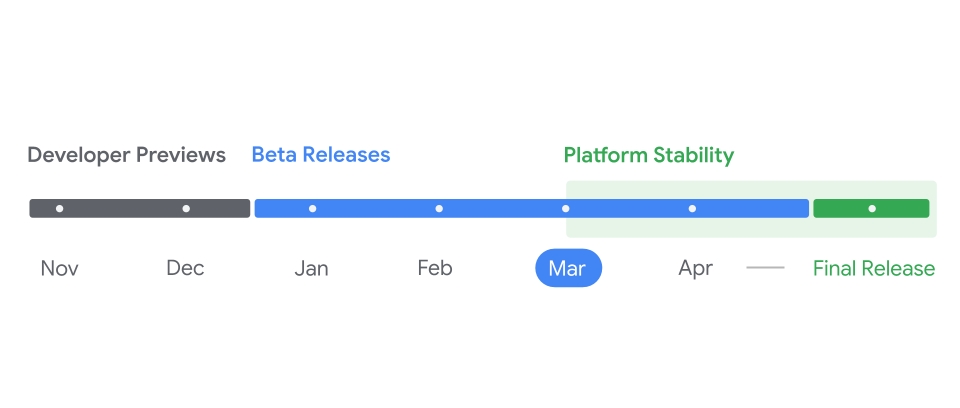
Right now, there isn't much of a reason to test Android 16 on your device — you don't get many new features other than Live Updates on the build. Other highlights include new color and tint options for photos, expanded UltraHDR support, and Auracast compatibility.
Some of the other major changes require developer integrations, so you won't notice a difference until devs update their apps. For instance, camera apps can now use "hybrid auto-exposure mode," which is an alternative to either full manual or full auto shooting with the camera. But until your favorite apps add support for these options, there won't be user-facing changes.
With Google changing its decade-long release cadence with Android 16, it will be interesting to see how other brands change their update cycles to accommodate the accelerated timeline. Google said it is "putting additional energy into working with our device partners to bring the Q2 release to as many devices as possible" alongside the release of Android 16 Beta 3.
You can catch up on the full rundown of Android 16 features here.

Harish Jonnalagadda is Android Central's Senior Editor overseeing mobile coverage. In his current role, he leads the site's coverage of Chinese phone brands, networking products, and AV gear. He has been testing phones for over a decade, and has extensive experience in mobile hardware and the global semiconductor industry. Contact him on Twitter at @chunkynerd.
- Brady SnyderContributor
You must confirm your public display name before commenting
Please logout and then login again, you will then be prompted to enter your display name.
